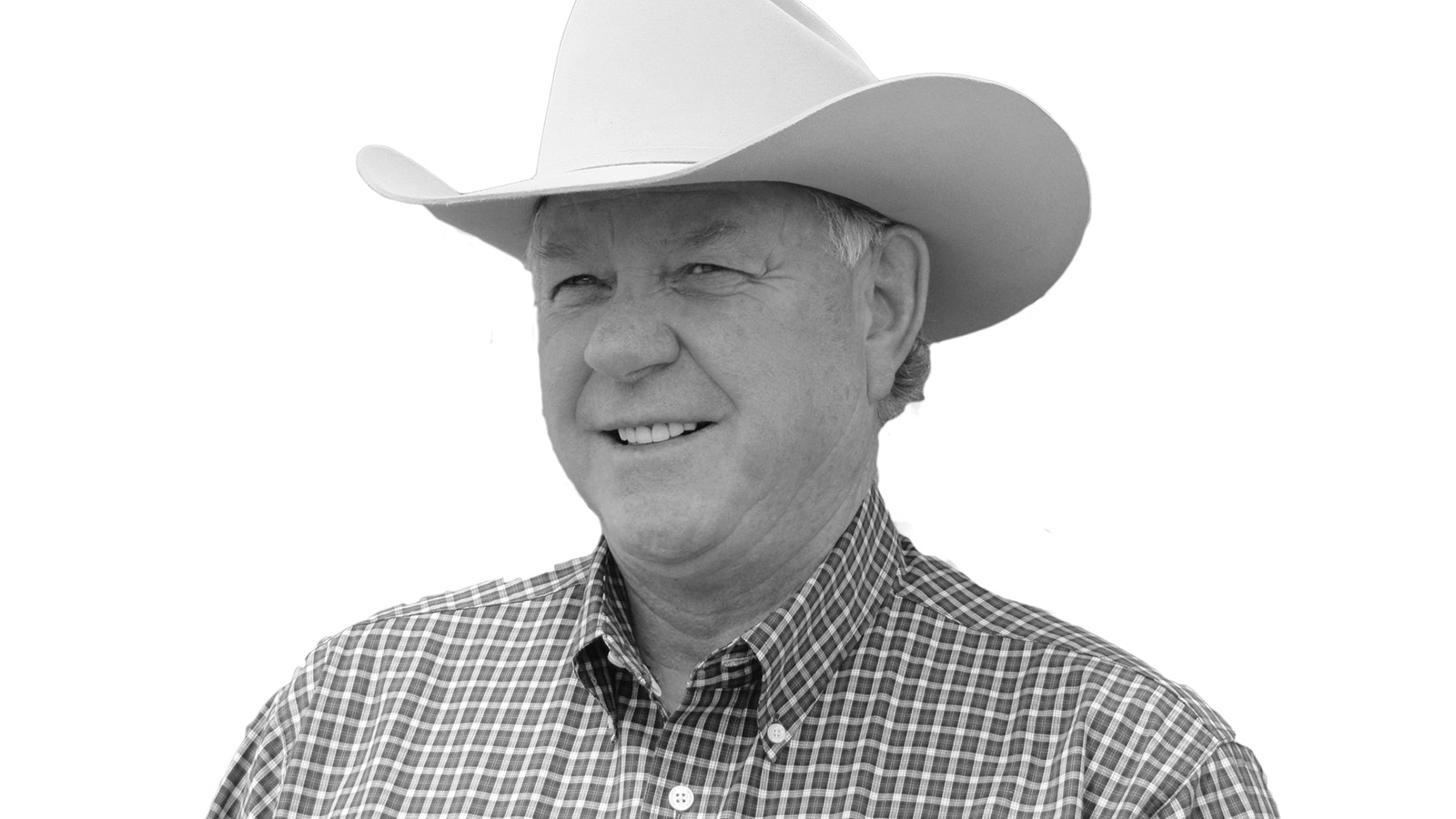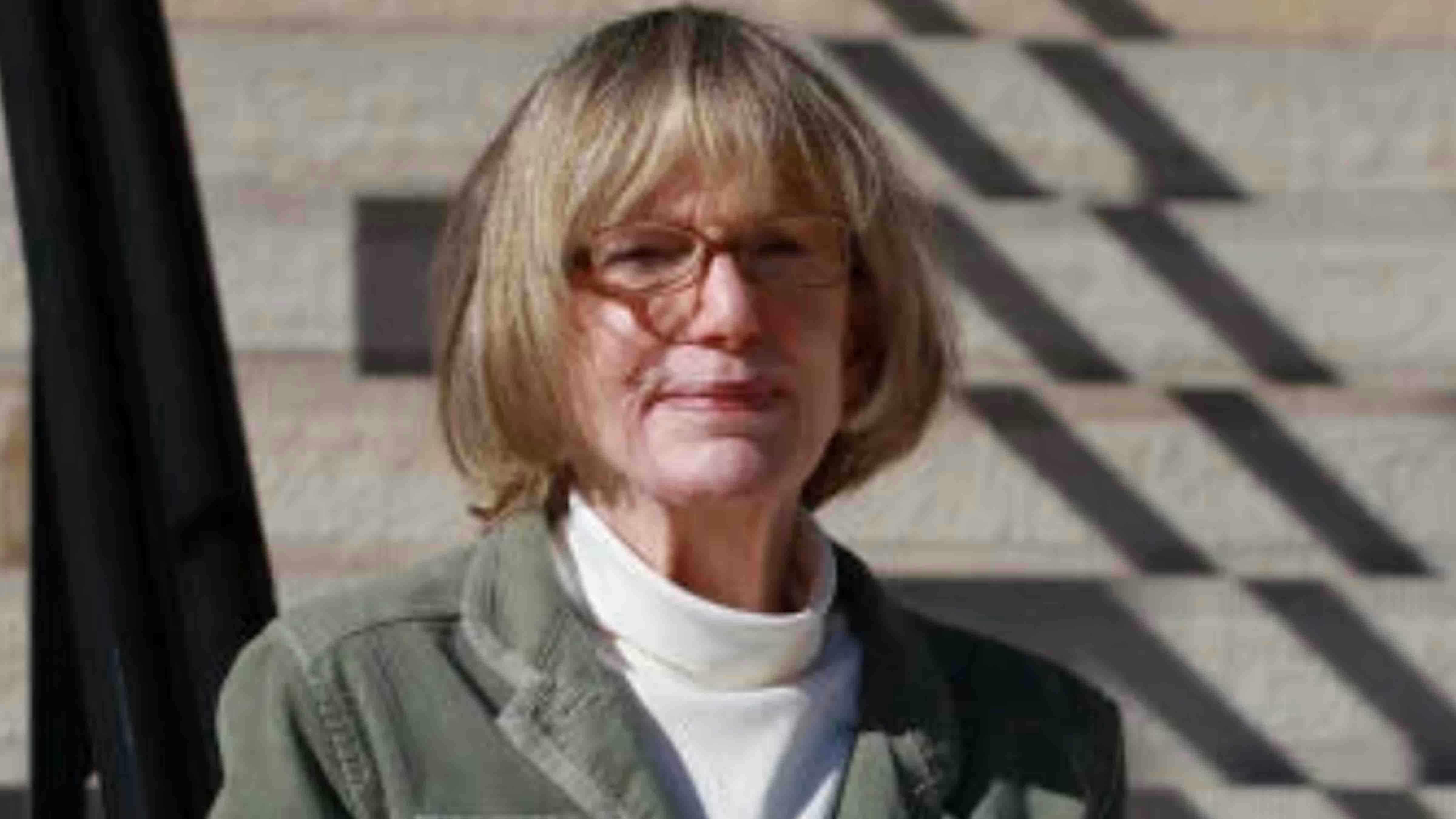There are always individuals or groups who want to stop livestock grazing and/or keep everyone from eating meat. It has been going on for years, and I realize it will most likely never stop.
In recent years, times have changed, and those in agriculture are now fighting back against the negative people who want ranchers and farmers to disappear. The good news is there are a huge number of people who support agriculture and have broadened their reach from simply preaching to the choir.
Sure, one can always look deep and find someone in agriculture to disapprove of. Grazing lands and farming fields take a lot of management, and this management always requires some change, either because of weather factors or just for improvement.
There are a number of studies conducted to prove the positives of agriculture, and I will give you a few examples.
New research from the University of Arkansas for Medical Sciences reveals 100 percent ground beef packs a bigger punch for muscle protein synthesis than a soy-based counterpart. In fact, the study suggests a person would need to double the amount of soy-based protein to achieve the same results, and beef has fewer calories.
This was published in the American Journal of Clinical Nutrition and focused on the anabolic response – how the body builds muscle.
A five-year study by two companies, ecologists from Archbold and ruminant nutritionists from Alltech, formed the Archbold-Alltech Alliance to understand the impact cattle production has on the ecosystem and the ability to sequester carbon. The study was done on a ranch in Florida.
Over the past five years, the research alliance created a model for estimating the ranch’s carbon footprint, and the results have been astounding. On average, with proper grazing, the study showed the ranch sequesters more carbon each year than the grazing cattle emit. It is a net-carbon result.
The same can be said for the soils on farmlands where farmers till less and grow more cover crops, helping store more carbon in the fields.
Remember, carbon is a necessity to grow crops. Plus, all plants and trees need carbon to grow. The more carbon stored from the atmosphere, the more crops are able to grow and the more crops grown throughout the year, means farmers offset some of this waste or wasted energy because they’ve stored carbon which would have been emitted into the atmosphere.
New research has shown cattle grazing can coexist with sage grouse according to a study led by researchers from the University of Nevada, Reno. Strategic cattle grazing in the spring and summer could increase some of the plants and bugs sage grouse rely on for food. The U.S. Department of Agriculture also participated in the study.
This research ties in with a study by the University of Wyoming on lands west of Cody, where they found elk favored ground cattle had grazed in the summer months, as the regrowth from cattle grazing offered a more palatable forage for the elk.
As one looks, there are more and more studies showing the positives of ruminates grazing and those farming crops, along with improved health of eating beef. It is a breath of fresh air.
Dennis Sun is the publisher of the Wyoming Livestock Roundup, a weekly agriculture newspaper available online and in print.





